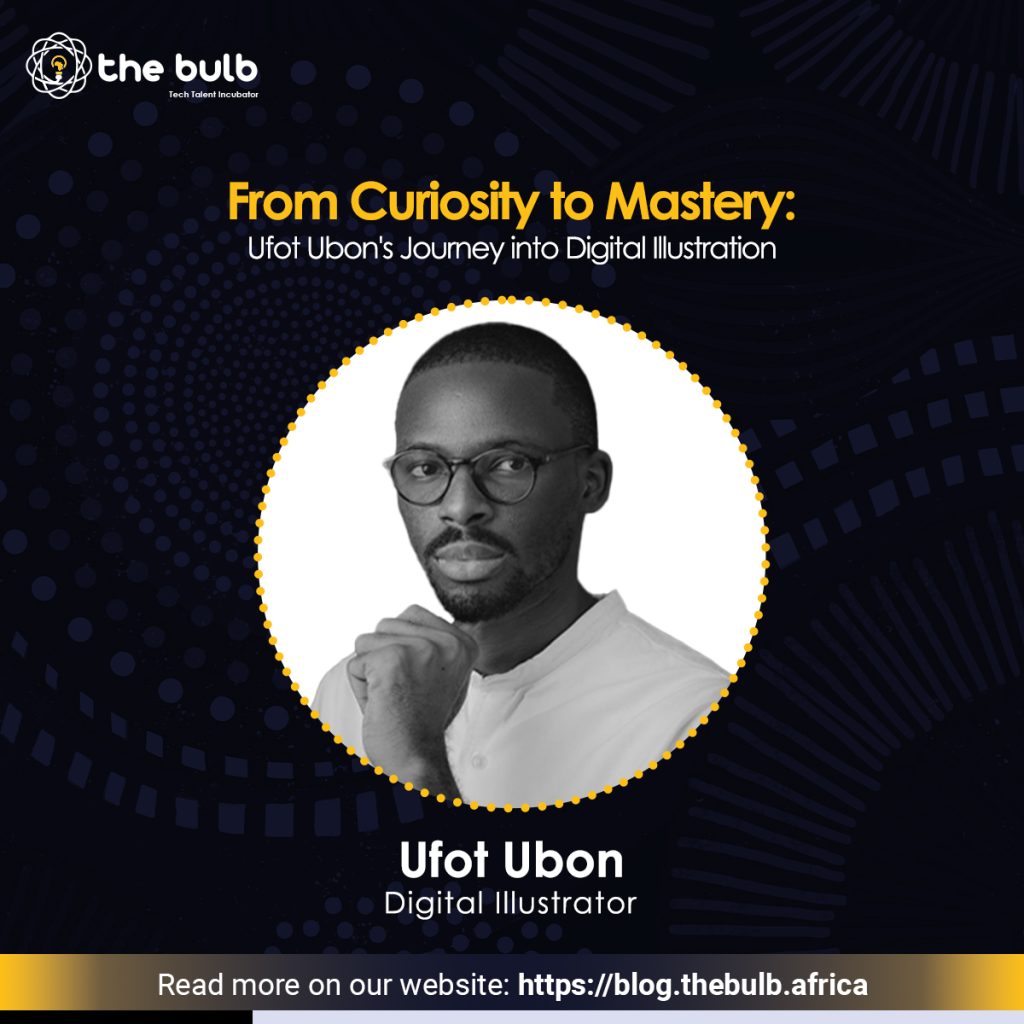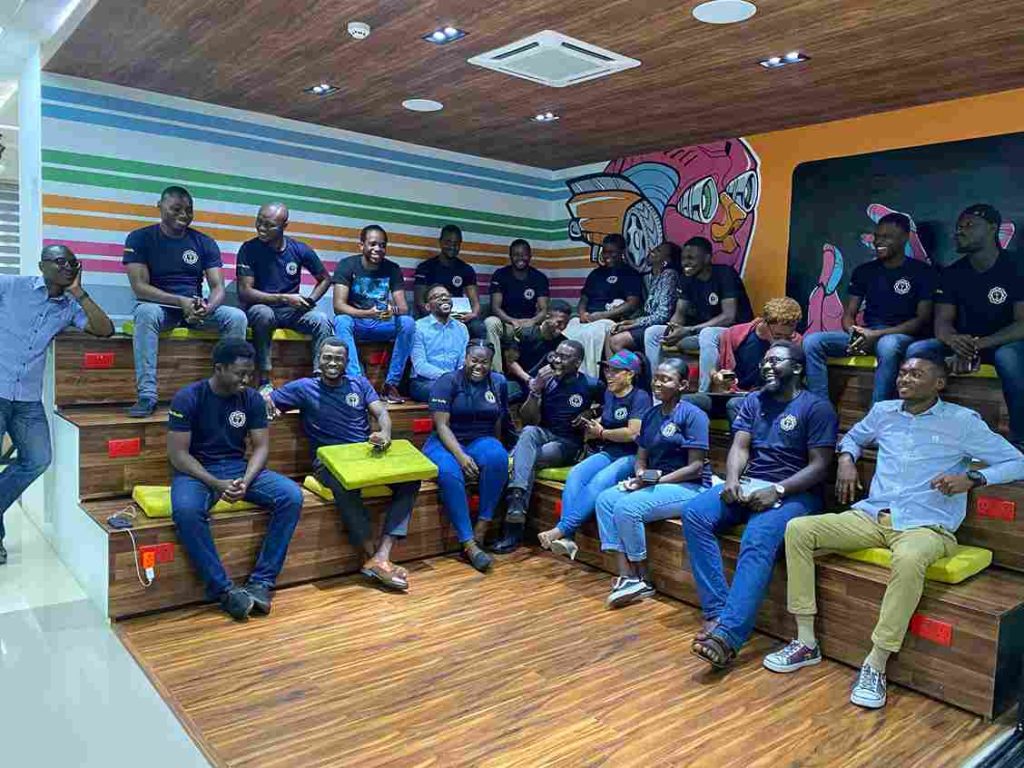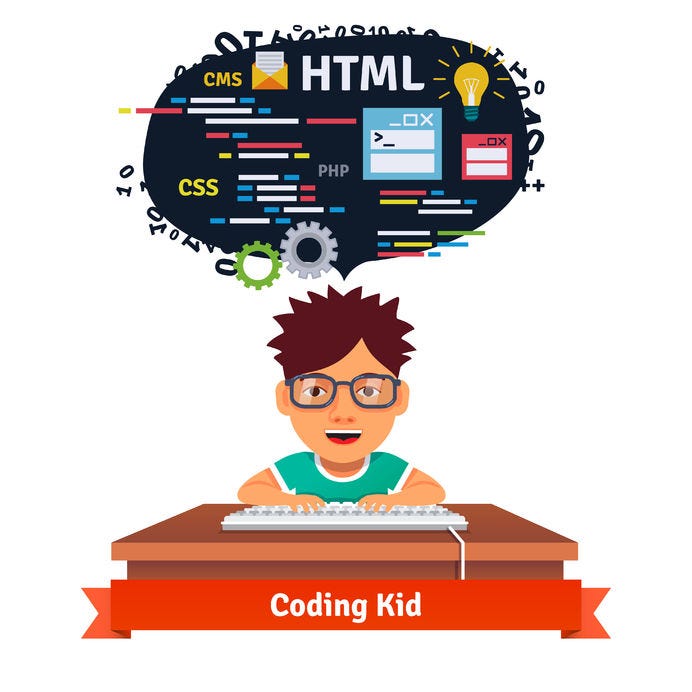Ufot Ubon delves into his background and career as a digital illustrator and designer, highlighting his creative process, preferred tools, and future outlook on the industry. He talks about his journey into digital illustration, expansion into branding and motion graphics, and the launch of his podcast “Designstration”. The discussion covers challenges faced, such as monotony in projects and the need for recognition for illustrators in Nigeria.
DOWNLOAD: FREE RESOURCES FOR TECH TALENT
JOURNEY INTO ILLUSTRATION.
I started drawing when I was about seven years old. My curiosity drove me to explore colors, pencils, and paper, and I was fascinated by the design of board games like Monopoly and Scrabble. Although I loved drawing, I didn’t discover digital illustration until 2018 and fully embraced it in 2019.
Growing up, I often wondered how the illustrations in “My Book of Bible Stories” were created. My real introduction to digital illustration came from ArtNerdX a.k.a Bolaji Olaloye, a talented Nigerian artist. In 2019, I bought my first laptop and graphic tablet for 17,000 naira and began drawing digitally.
The transition was challenging. Despite knowing how to draw, using digital tools was new and difficult for me. There were days I cried out of frustration because I couldn’t get the eyes and nose right. It felt like an adult trying to walk with a skeletal system made of cartilage — I knew I had the skill but struggled to adapt to the new medium. However, through relentless practice, I persevered.
Today, my curiosity has led me into brand design, motion graphics, podcasting, audio editing, sound treatment, video editing, and more. My journey has been one of continuous exploration and learning, driven by a passion for discovering new things and excitement about the possibilities ahead.
DESIGNSTRATION
In 2020–2021, while working as an illustrator, I decided to start a podcast. My team was supportive but curious about what would make my podcast unique given the abundance of existing ones. I explained that my inspiration stemmed from my love for art and growing curiosity about design.
Initially, art was my sole passion — I just wanted to draw. But my curiosity led me to explore design, understanding hierarchy, color theory, and other principles as a profession. Torn between illustration and design, I realized I could merge both passions.
I love branding, product design, UI design, and creating websites and mobile apps. My work has made it to the Play Store and App Store. Embracing both illustration and design led to the creation of “Designstration.” My team initially laughed at the name but soon saw its uniqueness and encouraged me to move forward. I began calling myself the “Designstrator.”
This blend of illustration and design inspired my podcast, “Designstration,” and I’m proud of its progress and excited about its future.


CREATIVE PROCESS & WORK ETHICS
As a multidisciplinary designer, my creative process varies with each project, whether it’s branding, custom illustrations, UI design, motion graphics, or podcasting. Despite this, research remains a constant foundation.
Every project starts with research — understanding the brand, target audience, and market landscape is essential. For instance, in my YouTube series “The Journey Thus Far,” I research the stories of creatives before documenting them. This approach ensures that my designs and content resonate with their intended audience.
Although my methods may differ by project, research is the key thread that guides my work, from ideation through to user satisfaction. When approaching projects that require both design and illustration skills, I first remind myself that illustration and design are distinct roles. Just because I find it easy to blend the two doesn’t mean I should automatically do so. If a client specifically needs an illustrator, they should hire one. I don’t want to be seen as the sole solution for both roles nor do I want to risk feeling overconfident about my abilities.
I approach each project with caution, ensuring I don’t underestimate its complexity. I always ask for a timeline that is, if not double, at least slightly longer than what I think I need, just to accommodate any unforeseen challenges. It’s essential to have a clear, defined purpose from the start. If I’m going to provide both design and illustration, I make it clear that this will incur an extra cost. I don’t simply take the fee for one service and deliver both. If the client wants illustrations as part of the project, I charge accordingly. If they prefer, they can always hire a separate illustrator.
PREFERRED TOOLS & SOFTWARE
For illustration, I prefer Procreate, an iPad-exclusive app with a simple, user-friendly interface. Unlike the complex layouts of Photoshop or Illustrator, Procreate is intuitive with just a few icons to master. The Apple Pencil works seamlessly with the iPad Pro, enhancing the experience.
For design, I use Figma for most UI projects and design tasks. For vector illustrations, I rely heavily on Adobe Illustrator.
In video production, I use DaVinci Resolve for color grading and Final Cut Pro for editing. For audio, Audacity and GarageBand handle podcast post-production. For motion graphics, I use LottieFiles, and for complex tasks, I turn to Adobe After Effects in the Adobe Creative Suite.
These tools are chosen for their strengths and ease of use in various creative processes.
SIGNIFICANT CHALLENGES IN A PROJECT
One reason I enjoy freelancing is the freedom to decline projects. This doesn’t mean I won’t take on full-time employment — I have, and I will — but it allows me to avoid projects that don’t interest me or that might drain my creativity. I love to try new things and experiment, and I don’t want my creative energy to dry up.
For instance, I was once hired as part of a team of illustrators for a long-term project that became monotonous and drained my creativity. To recharge, I’d take breaks by drawing something else. This method helps most illustrators keep their creativity flowing, but the repetitive nature of this project made it feel like I was eating the same meal every day — it just got tiresome.
My boss at the time, the best I’ve ever had, noticed the decline in our work quality and called a meeting. She suggested we rotate projects to keep things fresh, demonstrating a deep understanding of practical design and empathy. She prioritized our health and well-being, which was incredibly refreshing.
By communicating openly with her about the project’s impact on my creativity, we were able to pause and switch to a different project. This change revitalized our team and allowed us to produce better work. My boss’s empathetic approach and willingness to listen made all the difference in overcoming this challenge.
Click here if you’re looking to build a successful career in tech within 4–6 months.
FUTURE OF DESIGN AND ILLUSTRATION
I want to emphasize that these are my personal thoughts. Design is evolving and can’t be defined by any single group or location. Design principles exist to be innovated upon. It’s becoming clear that being a designer isn’t just about having a laptop — understanding and creativity are key.
With advancements in virtual reality, AI, Web3, and crypto-specific design trends, the field is expanding. Illustrators, especially in Nigeria and Africa, often lack recognition and are sometimes grouped with designers, though their roles are distinct. Unlike designers who solve problems, illustration doesn’t always need to.
Globally, illustrators have established roles, but in Nigeria, the field isn’t as developed. Companies like ULesson and TVP Games hire illustrators, but it’s not widespread. I foresee a future where illustrators gain solid recognition, with their own spotlight at industry events.


UPCOMING PROJECTS & ADVICE TO ASPIRING ILLUSTRATORSPd
I’m working on an exciting project focused on illustrations, but I can’t reveal the details just yet. It’s something I believe will make a significant impact on the Nigerian tech space.
In addition to that, I’m planning several initiatives specifically for illustrators, which will be closely tied to my podcast. Our audience includes many illustrators and designers, so we’re looking to offer virtual classes again. We’ve done this before with over 100 participants in a four-week series, and we plan to bring back similar sessions under the Designstration banner.
For aspiring illustrators, my main advice is to start. Just begin creating and sharing your work, no matter how imperfect it may seem. It’s okay if your character designs look rough at first. The important thing is to start and to practice consistently. Improvement comes from practice, not just from studying.
Stay close to like-minded illustrators. Follow those whose work inspires you, engage with their content, and ask questions. No one succeeds alone; I reached out to many creatives for guidance when I started, and I’m committed to helping others in the same way.
So, start simple, share your work, practice diligently, and connect with others in the community. This is the path to growth and success in illustration.
To stay updated with Ufot Ubon’s latest projects and insights, connect with him on LinkedIn and Instagram, and check out his podcast “Designstration”. These platforms are great ways to engage with his work, get inspired, and join the conversation about the exciting world of design and illustration.


